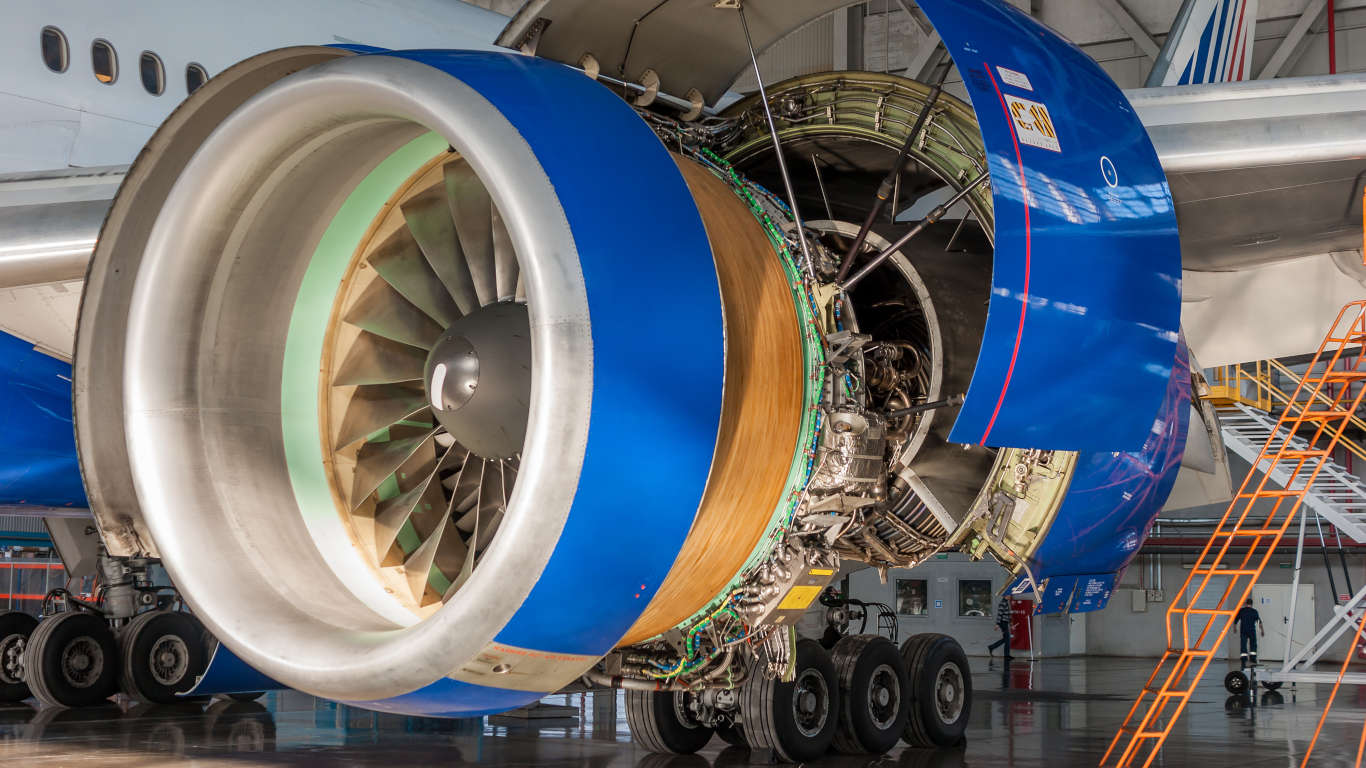Aviation sector has always been characterized by a strong push forward innovation: R&D departments are constantly working to improve aircrafts and equipment’s performance and frequently the innovations introduced in these fields are extended to other applications to improve our daily life quality as a whole.
Aviation sector involves both a commercial branch, mainly supported by scheduled airlines, and a public branch, which involves projects linked to a state defence, too.
Both these areas have been deeply hit by the recent pandemic. However, Moody’s, the American society specialised in market research, has diffused positive news for companies working in the field. The commercial branch is expected to go back to normality, while the public branch will stabilise itself, if not grow in the next few years. In addition, other analysts say that aviation investments will be crucial to support Italy in its commercial recovery.
Surely, high accuracy and security standards that are at the core essence of the aviation sector cannot be overlooked, during both the design and the product implementation.
Rapid prototyping offers different solutions that can satisfy the aviation sector requests, building prototypes that are useful during tests and relying on high quality material and dimensional accuracy.
During the design step, rapid prototyping allows obtaining prototypes with the same physical and mechanical features of the real product and at the same time, savings in terms of time and costs are ensured. Consequently, tests that involve prototypes allow companies to assert the validity of the final product without actually producing it or making big investments at an early stage.
During the realization step, rapid prototyping gives the possibility to realize series of components with the maximum possible dimensional accuracy. Technicians can dispose of a huge amount of technical material, too.
Nowadays, the best rapid prototyping techniques involved in the aviation sector are CNC and investment casting. On the one hand, CNC allows choosing among both plastic and metallic materials such as ABS, polymethylmethacrylate, polycarbonate, brass, zaman and steel. On the other hand, investment casting is able to give life to much more complex shapes such as compressors wheels, tool for electronic components, fuel injection systems and systems for heat exchangers.
PARTEC implements these rapid prototyping services accompanying them with a wide range of materials and post-production processes to realize prototypes and high-quality components with precision, as international certificates possessed show.
Discover more on our services contacting us.
